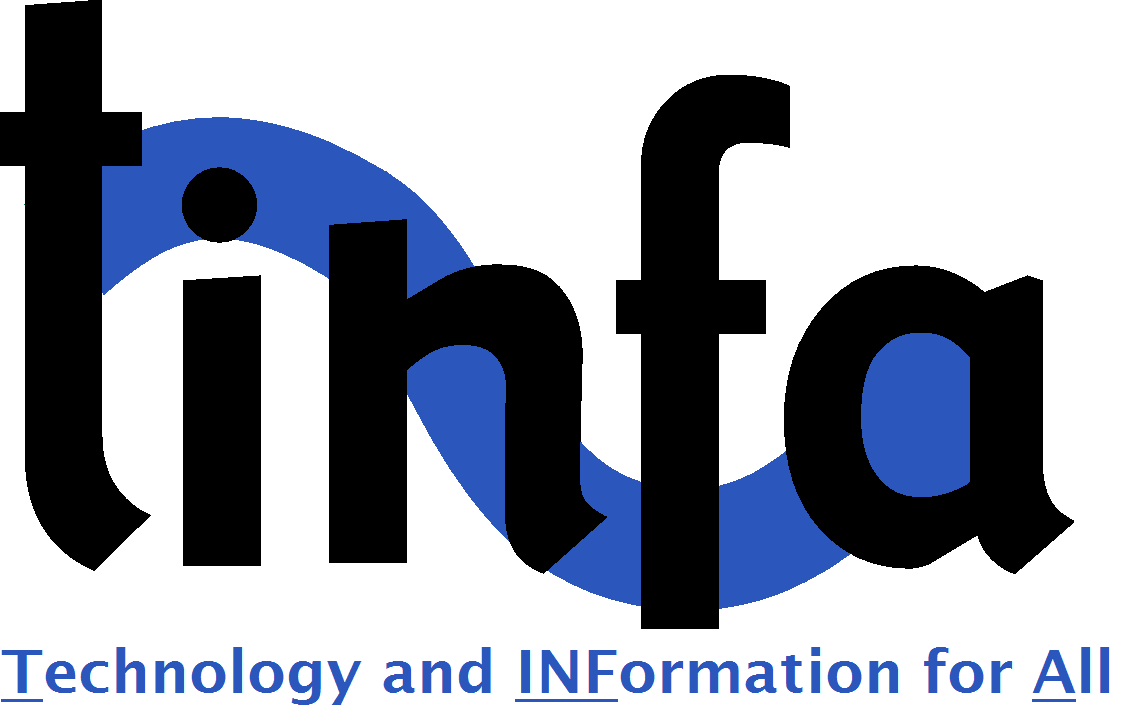Hi everyone! My name is Zoe Stein and I am the current President of the TINFA board. I had the great pleasure of going on the trip to Guatemala in early March. It is nearly impossible to capture my experience in words, but I plan to try my best in this blog post! The week was bound to be a good one with the group of travelers I was fortunate enough to share these moments with - Emma, George, Mike and my father Todd (or as he introduced himself to a group of students, "mi Toad").
I have been involved with TINFA for over 3 years now, but haven't had the chance to go on the annual trip until this year due to the pandemic. Suffice it to say, it was well worth the wait and I already look forward to returning. Over the course of 6 days, we:
Visited 7 schools (4 schools currently in the program, 1 graduated school, 1 master school, and 1 school that has a group of FUNDAP scholarship for girls) in 2 districts (Xela and Reu)
Took a spontaneous boat ride on Lake Atitlán to explore San Marcos
Toured a chocolate factory
Relaxed in hot springs
Though the entire trip was incredible, the most exciting parts for me were building new relationships with our partners (Cesar, directors, teachers, students, and coordinators from the Ministry of Education) and seeing the TINFA work live in action. We got to spend nearly every day with Cesar, our TINFA consultant who coordinates and runs all activities in Guatemala. He is a brilliant and welcoming person who has forged incredibly strong relationships within the schools and community.
There are two overarching themes to my experience: 1) learning and understanding exponentially more about the environment and socioeconomic conditions in the areas of TINFA schools and 2) repeatedly observing that the work of TINFA is successful, impactful, and scalable.
Learning and understanding exponentially more about the environment and socioeconomic conditions in the areas of TINFA schools:
Understanding the environment is critical in order to see the need and potential of TINFA programs. We traveled ~4-5 hours outside of Guatemala city to rural areas of Guatemala to visit the schools. We took dirt or cobblestone bumpy roads to get to the schools. The typical school infrastructure is concrete classrooms with natural light and a courtyard for the students to play in. It became extremely clear that there would not be an opportunity to use technology without the support from TINFA - there was no equipment in sight except for the kit provided through the program (2 computers and 2 projectors or TVs).
At one point on the trip, we were invited into the homes of a few students. In addition to getting to see students' home situations, their mothers talked us through their economic situation and expectations of the kids to support their families. The homes we visited were the size of a single bedroom in Seattle, with a large mattress and covered by a tin roof. One to two adults and up to seven kids share this space. Kids are at risk of dropping out of school before middle school to work or get married to begin supporting their family. I was aware of this stipulation being the reason we target grades 4-6 in the program, but the reality set in a different way when hearing this directly from the families. The communities do not have access to resources like we do, and I'm grateful to be a part of democratizing technology and keeping kids in school with TINFA.
Repeatedly observing that the work of TINFA is successful, impactful, and scalable:
We got an excellent look into all parts of the TINFA program during our visits to schools. We observed at least 10 different teachers and classes using technology in their lessons. The majority of classes at any given time are not using equipment since the schools typically have a capacity of 2 rooms at a time with technology. We also met and interacted with classes that were not using equipment. There was a significantly higher level of energy and participation in the classrooms using the equipment than not. The teachers are fantastic in both environments, but access to information is limited where technology is not present.
The TINFA program focuses on empowering the teachers to use technology, which in turn keeps kids in school. The program meets teachers where they are and works to build their skills and confidence. I was ecstatic to see teachers navigate through lessons by opening PowerPoints they created, hyperlinking to short videos to explain topics, and finding interactive activities on the web, especially knowing that prior to TINFA some of these teachers had never turned on a computer. The students were excited with each new part of the lesson and did not hold back in sharing how much they loved learning with technology.
As a testament to the longevity of the program, we visited a graduated school (this school completed the 2 year program and is now responsible for maintaining the use of technology) and they are still funding the internet and have a schedule for classes to rotate using the technology to the fullest extent. Access to technology and training is extremely impactful to these schools. It is evident simply by observing classes, but especially through talking to teachers and students that regularly access the equipment.
Again, I knew how powerful the program was before visiting schools, but the combination of being immersed in the environment and talking to partners who are positively affected by the program make the success crystal clear. I cannot wait to continue contributing to TINFA and making a difference in the lives of our partners.
If you have the means to go on this trip in the future, I could not recommend it more.



